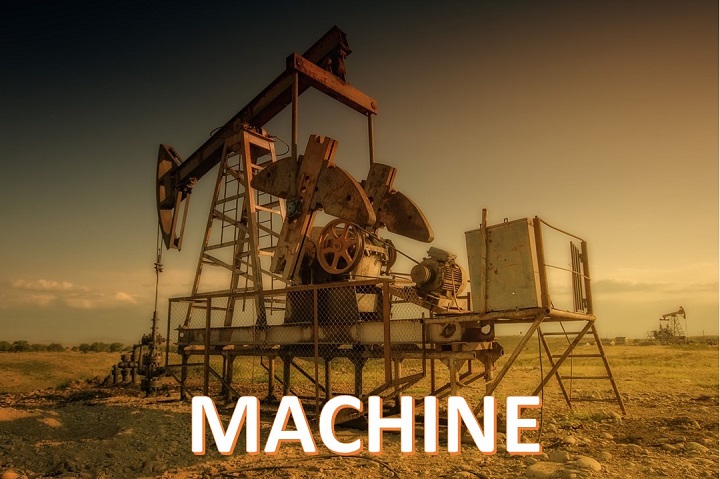Introduction
From simple machines like levers and pulleys to complex computer systems, machines have been a fundamental part of human progress for centuries. With advancements in technology, machines have become even more crucial in our daily lives, impacting every aspect of our world from transportation to communication to healthcare. In this article, we will delve deeper into the world of machines, exploring their evolution and the ways in which they have transformed the world around us.
Evolution of Machines
Humans have been using simple machines like levers, pulleys, and wheels for thousands of years to make their work easier. The Industrial Revolution marked a significant turning point in the evolution of machines, with the invention of steam engines and other mechanical devices leading to mass production and increased productivity. Since then, machines have continued to evolve and become more sophisticated, with the advent of electronic and digital technologies revolutionizing the way we work and live.
Types of Machines
Machines can be classified into various categories based on their functions and the industries they serve. Some of the most common types of machines include:
1. Mechanical Machines
Mechanical machines use mechanical energy to perform tasks. Examples of mechanical machines include engines, turbines, and gears.
2. Electronic Machines
Electronic machines use electronic components to perform tasks. Examples of electronic machines include computers, televisions, and smartphones.
3. Digital Machines
Digital machines use digital technology to perform tasks. Examples of digital machines include robots, artificial intelligence, and 3D printers.
Applications of Machines
Machines have revolutionized the way we live and work, impacting every aspect of our world. Here are some of the most notable applications of machines:
1. Transportation
Machines have transformed the transportation industry, making travel faster, safer, and more convenient. Examples of machines used in transportation include automobiles, airplanes, and trains.
2. Manufacturing
Machines have made mass production possible, leading to increased efficiency and productivity in the manufacturing industry. Examples of machines used in manufacturing include assembly lines, robots, and conveyor belts.
3. Communication
Machines have made communication faster and more accessible, enabling people to connect with each other from all over the world. Examples of machines used in communication include telephones, computers, and the internet.
4. Healthcare
Machines have improved the quality of healthcare by making medical procedures safer and more precise. Examples of machines used in healthcare include X-ray machines, MRI scanners, and surgical robots.
Future of Machines
The future of machines is exciting, with new technologies and innovations emerging every day. Here are some of the most promising developments in the world of machines:
1. Artificial Intelligence
Artificial intelligence (AI) is revolutionizing the way machines learn and perform tasks. AI-powered machines can now recognize speech, images, and patterns, making them useful in a wide range of industries.
2. Robotics
Robots are becoming increasingly sophisticated, with the ability to perform tasks that were once considered impossible for machines. From self-driving cars to drones, robots are changing the way we live and work.
3. Automation
Automation is transforming the way we work, with machines taking over repetitive and mundane tasks, freeing up humans to focus on more creative and complex work.
Conclusion
Machines have come a long way since the invention of the wheel and continue to revolutionize the world around us. From transportation to healthcare to communication, machines have made our lives easier and more convenient. As we continue to push the boundaries of technology, the future of machines is full of exciting possibilities.
FAQs
1. What is a machine?
Ans. A machine is a device that uses energy to perform a task.
2. What are some examples of machines?
Ans. Some examples of machines include levers, pulleys, engines, turbines, gears, computers, televisions, smartphones, robots, artificial intelligence, 3D printers, and many more.
3. How have machines impacted our daily lives?
Ans. Machines have made our lives easier and more convenient by transforming industries such as transportation, healthcare, manufacturing, and communication.
4. What is the future of machines?
Ans. The future of machines is exciting, with new technologies and innovations emerging every day. Promising developments include artificial intelligence, robotics, and automation.
5. Are machines taking over human jobs?
Ans. Machines are taking over repetitive and mundane tasks, but humans still play a crucial role in creative and complex work. It is important for humans to adapt and learn new skills to stay relevant in the changing job market.

